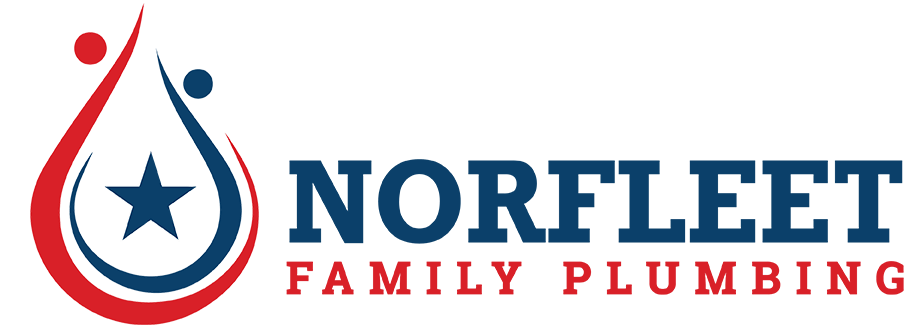How to Detect a Plumbing Leak
One of the first signs of a hidden plumbing leak is an unexplained increase in water bills.
Plumbing leaks can be a nightmare and can cause extensive damage if undetected. Quickly identifying leaks is crucial for maintaining a home's structural integrity and avoiding costly repairs. While some leaks are obvious, others can be subtle and require keen observation. Understanding the signs of a plumbing leak and knowing how to detect them can save time and money in the long run. Homeowners armed with this knowledge can address issues quickly or request the assistance of a professional plumber when necessary.
Common Signs of a Plumbing Leak
Water Bills Increase Unexpectedly
One of the first signs of a hidden plumbing leak is an unexplained increase in water bills. If the water usage remains consistent but the bill suddenly spikes, it may signal a leak somewhere in the system. Keeping track of monthly water bills and usage patterns can help identify anomalies quickly.
Visible Water Stains or Discoloration
Water stains on walls, ceilings, or floors are telltale signs of a leak. These stains often appear as brownish or yellowish discolorations and may grow over time. Paying attention to any new or expanding stains in the home is essential for early leak detection.
Musty Odors or Mold Growth
Persistent dampness from a leak creates an ideal environment for mold and mildew growth. A musty smell in certain areas of the home, especially in bathrooms, kitchens, or basements, might indicate a hidden leak. Mold that is visible in growth on walls, ceilings, or in corners is another clear sign of excess moisture.
Sounds of Running Water
Listening to unusual sounds can help detect leaks. The sound of running water when all faucets and water-using appliances are turned off could indicate a leak in the walls or underground pipes. Paying attention to these auditory cues, especially during quiet times, can lead to early leak detection.
Cracks in the Foundation or Walls
Significant leaks can cause shifts in a home's foundation, leading to cracks in walls or the foundation itself. While not all cracks are due to plumbing issues, unexplained or sudden cracks should be investigated for potential water damage.
Methods for Detecting Plumbing Leaks
Water Meter Test
A simple yet effective method to detect leaks involves the home's water meter. First, turn off all water sources in and around the home. Then, record the water meter reading and do not use any water for at least two hours. After the waiting period, check the meter again. If the readout has changed, it probably indicates a leak somewhere in the system.
Toilet Leak Detection
Toilets are common sources of leaks. To look for a toilet leak, add a few drops of food coloring to the tank and wait about 30 minutes without flushing. If colored water appears in the bowl, there's a leak letting water flow from the tank to the bowl.
Inspecting Visible Pipes
Regularly examining exposed pipes under sinks, in basements, and in crawl spaces can reveal leaks. Look for signs of corrosion, water stains, or actual drips. Feeling the pipes and surrounding areas for dampness can also help detect slow leaks that might not be immediately visible.
Using a Moisture Meter
A moisture meter is a reliable tool for detecting hidden leaks. These devices can detect the moisture content in walls, floors, and ceilings. Unusually high readings in specific areas might indicate a leak behind the surface.
Infrared Camera Inspection
Professional plumbers often use infrared cameras to detect leaks hidden behind walls or under floors. These cameras can identify temperature differences caused by water leaks, allowing for precise location of the problem without invasive measures.
Pressure Testing
Pressure testing the plumbing system can reveal even small leaks. A professional plumber can conduct this test by pressurizing the pipes and monitoring for any pressure drops, which would indicate a leak somewhere in the system.
Underground Leak Detection
Detecting leaks in underground pipes requires specialized equipment and expertise. Professional plumbers use acoustic listening devices or correlators to pinpoint the location of underground leaks by finding the sound of water escaping from pipes.
Preventive Measures and Regular Maintenance
Regular Plumbing Inspections
Scheduling routine inspections with an experienced plumber can help find potential problems before they become major issues. These inspections can identify weak points in the plumbing system and address them proactively.
Monitoring Water Pressure
Consistently high water pressure can strain pipes and increase the likelihood of leaks. Installing a pressure regulator and monitoring water pressure can help prevent stress on the plumbing system.
Addressing Small Issues Promptly
Fixing minor leaks and drips promptly can prevent them from escalating into larger problems. Replacing worn washers, tightening loose connections, and addressing other small issues can significantly reduce the risk of major leaks.
Being vigilant about plumbing leaks and knowing how to detect them is crucial for maintaining a home's integrity and avoiding costly water damage. While some detection methods can be performed by homeowners, others require the expertise of a professional plumber. Regular maintenance, prompt attention to small issues, and periodic professional inspections form a comprehensive approach to leak prevention and detection.
If you need a licensed, bonded, experienced professional for plumbing, sewer camera inspection, or water heater installation, and water heater repair in Chandler, Gilbert, Mesa, Queen Creek, Ahwatukee or San Tan Valley call Norfleet Family Plumbing Heating and Air at 480-681-1764.

